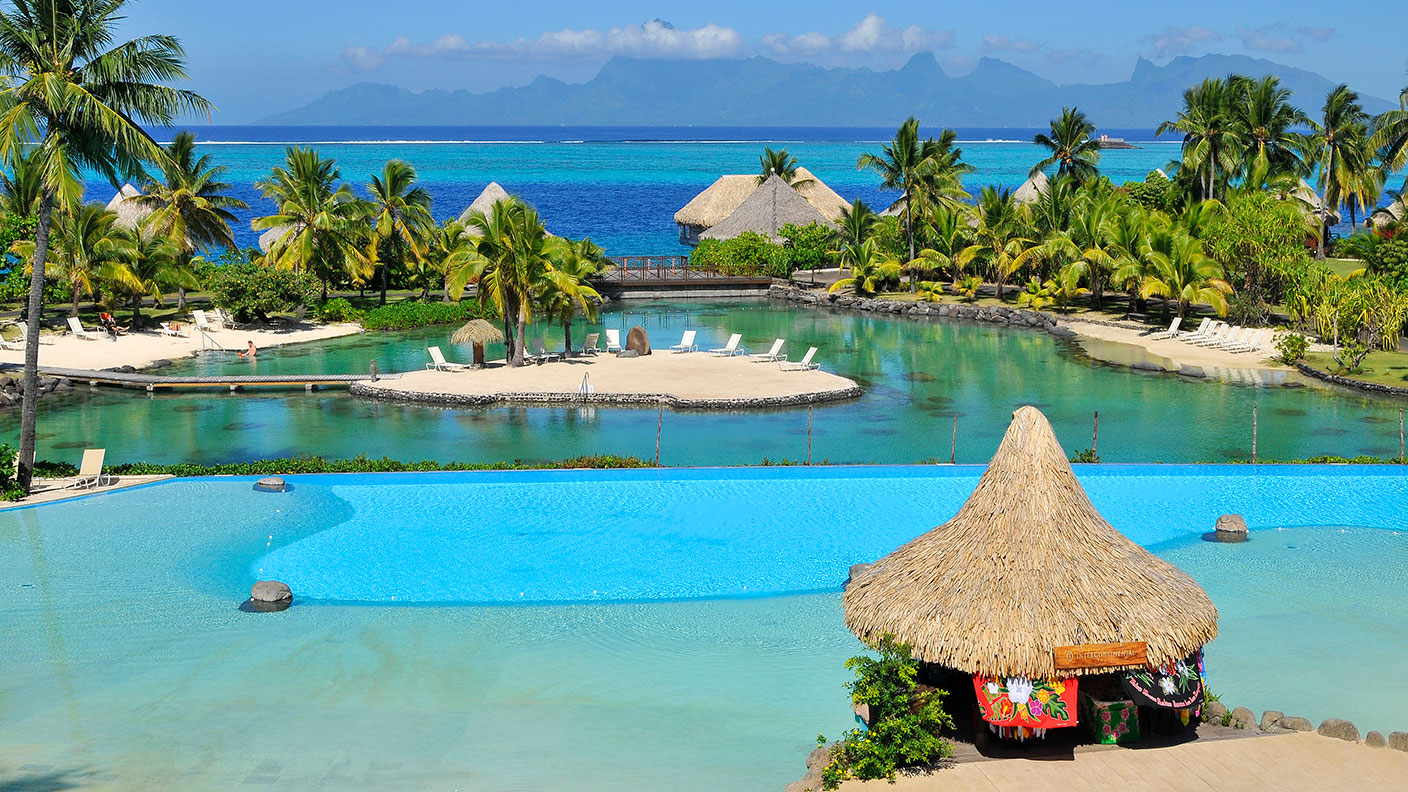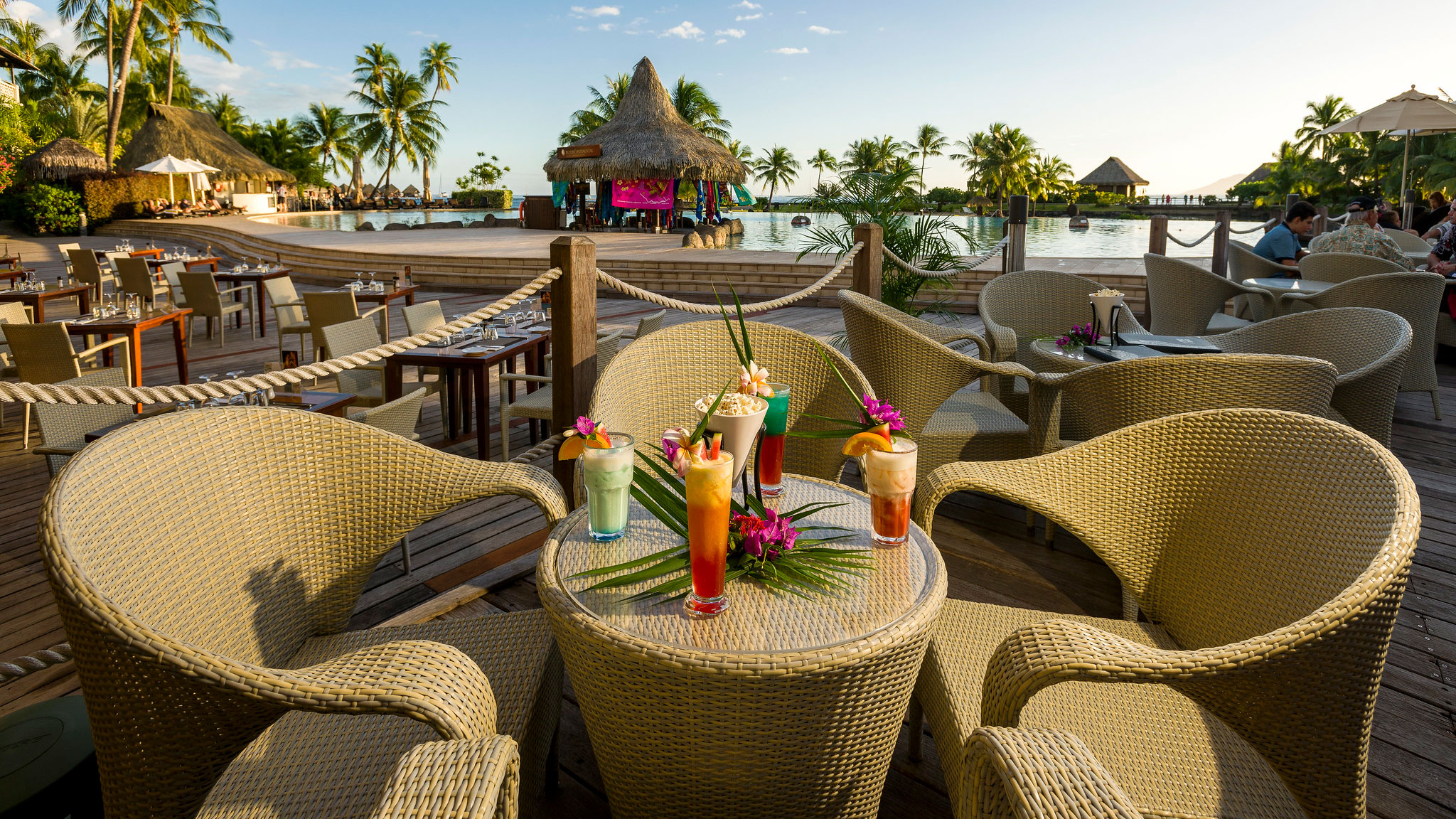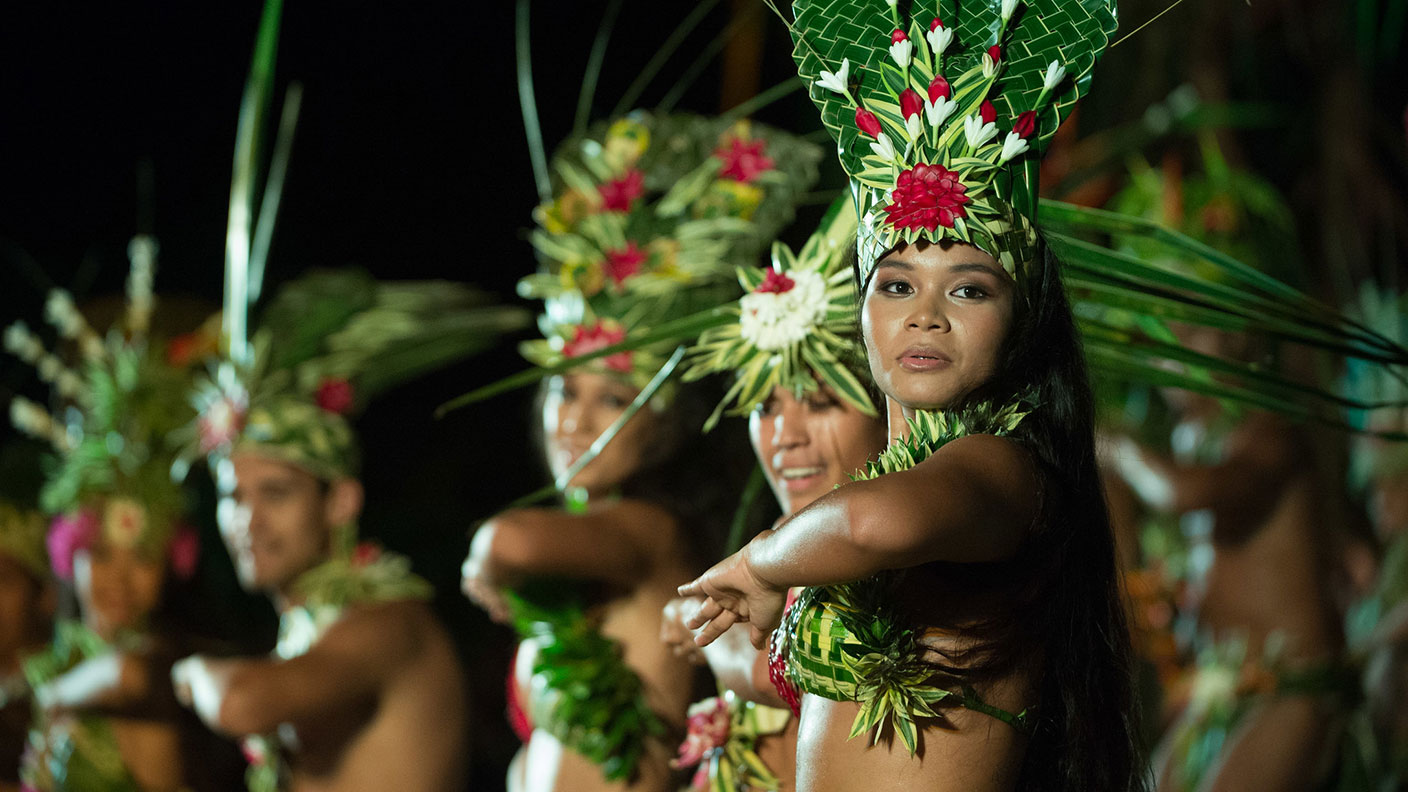A forgotten paradise in Tahiti
Visitors who stay a while on the largest of the Society Islands in French Polynesia will be rewarded


Tahiti is a stunningly beautiful island in the middle of the South Seas. Its interior is dominated by verdant volcanoes rising up through the cloud, while humpback whales swim off its palm-fringed coastline. The food is unmistakably Polynesian and the culture is vibrant. And yet, despite having so much to offer, so few visitors choose to stay a while. Whether that’s because they are pushed for time, or simply do not know what wonders awaits if only they hung around a little longer, most simply hop on another plane as soon as they land at French Polynesia’s only international airport. Then they fly off in the direction of one of the other 117 admittedly varied and gorgeous islands scattered among the archipelagos.
Not that Moorea, Bora Bora, Huahine, Raiatea, Taha’a and Tetiaroa (the last being home to the ultra-exclusive resort The Brando) aren’t lovely. They are. But Tahiti, their much bigger sister in the Society Islands, deserves a little more attention from those passing through. You don’t even have to go very far from the airport to find a luxurious stay. The Intercontinental Tahiti Resort & Spa lies nearby. That makes it the ideal base from which to see the whole of Tahiti before moving on to its smaller siblings. And the Intercontinental is, without doubt, the swankiest hotel on the island.

Cocktails at sunset
For starters, you can get stuck into one of the resort’s three bars. There’s the late-night Lobby Bar, with its views over the tropical gardens lit up at night by gurning tiki-style lamps, the swim-up Le Lotus bar at the infinity pool made to resemble a beach with a sandy bottom, and my favourite, the Tiki Bar with its Polynesian cocktails and live music. Next door is the resort’s main Te Tiare restaurant, which every Sunday hosts a “Tahitian Brunch”, accompanied with graceful and, at times, energetic traditional Tahitian dancing that is quite different from the slower, better-known hula Polynesian dancing of the Hawaiian islands.
MoneyWeek
Subscribe to MoneyWeek today and get your first six magazine issues absolutely FREE

Sign up to Money Morning
Don't miss the latest investment and personal finances news, market analysis, plus money-saving tips with our free twice-daily newsletter
Don't miss the latest investment and personal finances news, market analysis, plus money-saving tips with our free twice-daily newsletter
Immediately behind the rhythmically sashaying hips of the dancers is the large main swimming pool with a waterfall feature. And behind that is the “lagoonarium”, a clever “natural” swimming pool that is filled by sea water coming in from the ocean, bringing with it marine life that can be observed by donning a pair of rubber-soled water shoes, goggles and a snorkel.

Over a couple of Polynesian sundowners at the Tiki Bar, having watched the sun set over the misty island of Moorea in the distance, my partner and I strolled through the gardens to Le Lotus, the resort’s gourmet restaurant. At a table looking down at the inky water, lit only by the moon and the light from the restaurant, we first ordered a bottle of Vin de Tahiti’s Clos du Récif, a white wine made from the carignan grape.
You would think the tropical island paradise that is French Polynesia would be too hot, humid and sandy to make wine. But you would be mistaken. Don’t ask me how winemaker Sébastien Thépénier does it, but on the remote atoll of Rangiroa, in the Tuamotu islands, using crushed coral and seaweed, his 15-20-year-old vines produce crisp, dry white wines – perfect to go with my seared ahi (tuna) with galangal jelly, made using galangal from the resort’s gardens. Delicious.

An island paradise awaits
The colonial meets Polynesian-style rooms are cosy and the resort also has a couple of sweeps of bungalows built over the water. But don’t get too comfortable, because, as I say, there are a few things to see on Tahiti. Driving around the island clockwise, you first come to Papeete, the bustling little capital of French Polynesia in the far north of the island. The waterfront Pa’ofa’i Gardens are a welcome sanctuary from “the big city” (all things being relative out here) and restaurant Le Moana is a lovely spot at which to stop for lunch, while gazing out towards Moorea.
Past the marina, in town, the busy covered market provides a tableau of all that the islands produce, from colourful pareos (fabric worn about the body) to fruits and vegetables, fish, locally grown vanilla and Tahitian pearls. A little further around the coast is Lafayette beach, with its black sand, close by to Venus Point, from where Captain James Cook observed the transit of Venus in 1769, on a mission from the Royal Society. Further along, heading south, there are parks, waterfalls and cliff-top belvederes to explore, as well as semi-aquatic “lava tube” caves. Be sure to hire a guide before setting out to hike the interiors.

Teahupo’o, located on the bulbous bottom of Tahiti (Tahiti Iti), is a mecca for surfers, while further back round, up the western coast, you will find a couple of fascinating ancient marae temples dedicated to the Polynesian gods. As you approach the Intercontinental Tahiti, Moorea hoves once more into view with its opportunities for whale-watching. You will be glad you stayed just that little bit longer on this beautiful island.
Chris paid a media rate. Rooms from €280 a night, plus taxes, tahiti.intercontinental.com. See tahititourisme.uk for more on French Polynesia.
Get the latest financial news, insights and expert analysis from our award-winning MoneyWeek team, to help you understand what really matters when it comes to your finances.

-
 Investors will reap long-term rewards from UK equities
Investors will reap long-term rewards from UK equitiesOpinion Nick Train, portfolio manager, Finsbury Growth & Income Trust, highlights three UK equities where he’d put his money
-
 The graphene revolution is progressing slowly but surely
The graphene revolution is progressing slowly but surelyEnthusiasts thought the discovery that graphene, a form of carbon, could be extracted from graphite would change the world. They might've been early, not wrong.